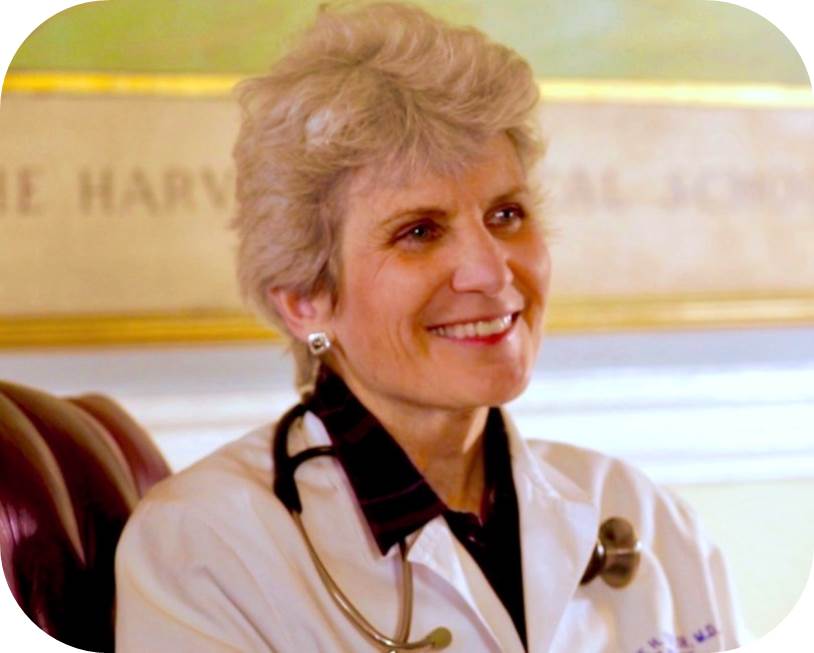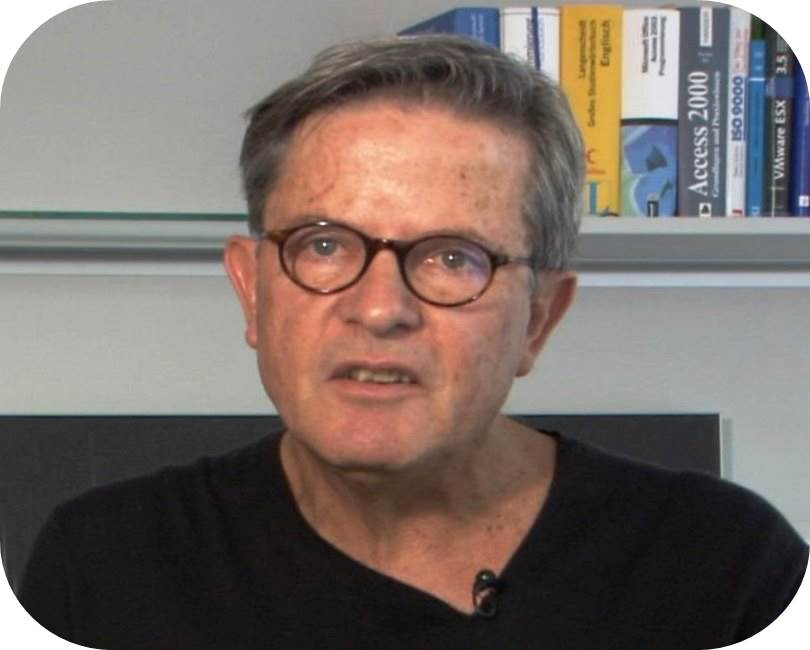
Dr. Stephanie Taylor graduated with honors from Harvard Medical School, Boston, MA in 1984, following which she practiced clinical medicine in pediatric oncology and did academic research in cellular growth mechanisms for over 20 years. During this time, she became very concerned about the new infections that many hospital patients contracted while they were being treated for unrelated issues. Determined to better understand the interaction between patient outcomes and the hospital built environment, she obtained her Master’s Degree in Architecture from Norwich University in her home state of Vermont
After several years working in a healthcare facility architectural design firm, she founded Taylor Healthcare Consulting, Inc. to focus on building design and operation elements that impact patient healing. Now an internationally recognized consultant, Dr. Taylor works with architects, engineers, microbiologists and regulatory committees to design and manage hospitals and other commercial buildings to optimize patient and occupant health.
Dr. Taylor is involved in cutting edge research which expands the understanding of the impact of the built environment and indoor air quality on acute and chronic diseases, and on cognitive and physical performance. She is very excited to share her findings with you!

Dr. Walter Hugentobler studied medicine at the University of Zurich, Switzerland. He graduated in 1978 and subsequently completed his doctoral thesis on the etiology of Morbus Addison.
After seven years of clinical training in internal medicine, surgery, gynecology, pathology and pediatrics he graduated as specialist in internal and general medicine. From 1985 to 2012 he run his own medical practice (internal and family medicine) near Zurich international airport. The ongoing encounter with airline staff, reporting upper and lower airway disease – related to the workplace specific dryness – triggered his interest in aviation medicine and indoor air climate. His growing conviction that dry indoor air conditions are a main driver for winter seasonality of epidemics, led him to do a series of indoor climate monitoring projects and case studies in “invisible fluid loss”.
After his retirement from medical practice in 2012, he became academic und medical adviser of Condair. In his lectures to engineers, building technicians and physicians, he calls for the transfer of newest scientific knowledge into building practice. By connecting top level researchers in aerosol technology, microbiology and material and environmental sciences, he initiated interdisciplinary, collaborative breakthrough research on the interactions between humidity and influenza virus suspended in respiratory aerosols. Clinical studies on the almost forgotten and underestimated “invisible fluid loss” will soon be underway. Stay tuned and follow the progress!